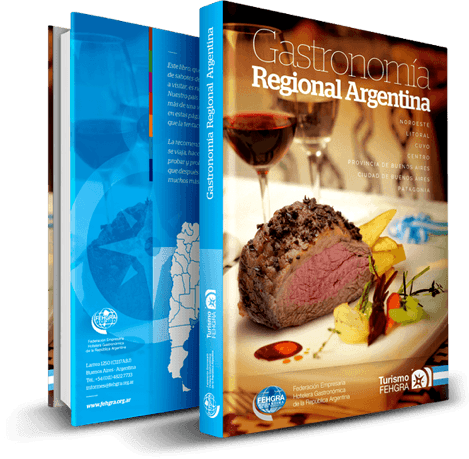El litoral argentino sorprende a cada instante con sus tierras rojas, ríos de riqueza inigualable, y su vegetación exuberante. Famoso por sus ríos con sus saltos, sus cascadas y cataratas, cuenta con aguas habitadas por miles de especies deliciosas con una buena mano cocinera. En redes y anzuelos pueden caer surubíes, dorados, sábalos, o pacú, entre otras especies, que se combinan en los fuegos con hierbas y vegetales que crecen de manera frondosa. Las sorpresas del paisaje continúan con mariposas de colores y tamaños especiales, o aves exóticas que pueblan los esteros. Son zonas donde también se encuentran carnes no convencionales, debajo de un cielo que suele estar surcado por un diáfano arco iris. La región también es rica en cítricos, frutos que llegaron masivamente de manos españolas. Sus flores de azahar perfuman el aire de manera intensa. En el Litoral el viajero puede probar tanto la cocina autóctona como otra heredada de comunidades que hicieron de esa zona su terruño. Allí por ejemplo se rescata parte de la cultura guaraní, que llega hasta nuestros días con pa-nificados a base de harina o fécula de mandioca, como los típicos chipás, que se consumen a toda hora y se encuentran en cualquier alto del camino. Con ellos conviven los holupchi ucranianos y otras preparaciones de nombres casi impronunciables correctamente y que cuentan con orígenes diversos. Justamente de ese crisol de comunidades dispersas tan arraigadas, una vez al año se celebra el encuentro de la mano de la tradicional Fiesta de las Colectividades.
El menú litoraleño no estaría completo sin mencionar a las frutas subtropicales, tan exóticas como los paisajes. Son de sabores deliciosos, como el ananá, el mango, la papaya, el maracuyá, el coco y los palmitos, que se consumen frescos o en diferentes preparaciones. También esa tierra fértil y húmeda regala nueces, como la Pecan. También tanta exuberancia natural atrae abejas que producen variedad de mieles. Pero hay dos productos del litoral que se deben destacar como distintivos: a simple vista son hojitas, pero sin embargo de ellas nacen bebidas por demás arraigadas: el té de llanura y la yerba mate. Esta última casi uno de los más puros sinónimos de argentinidad.

“Este libro, que es un gran mapa de sabores de regiones argentinas a visitar, es rico y variado.”
Conocé más sobre el libro original.
Acerca del libro